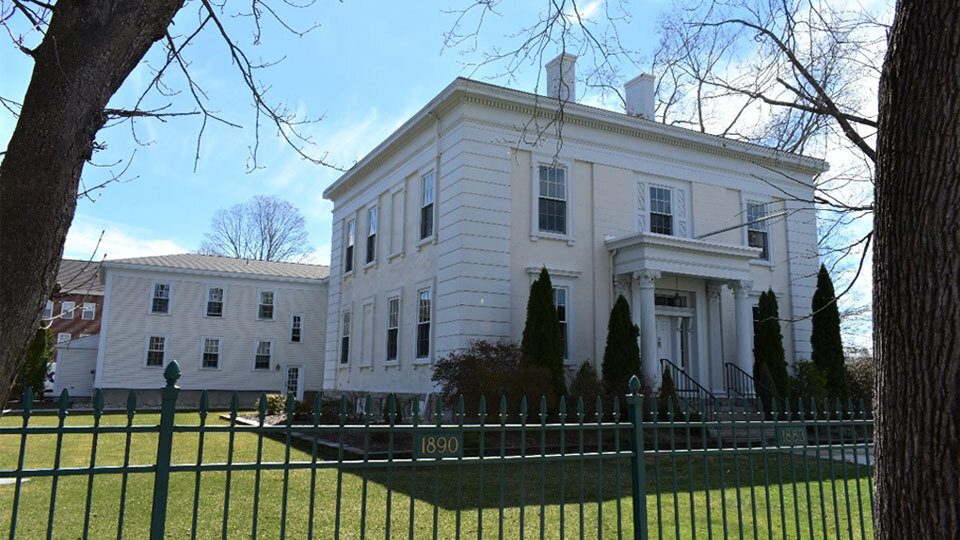PaleoWest was contracted by the City of Easthampton, Massachusetts, in collaboration with the Massachusetts Historical Commission (MHC) to conduct an Intensive Level Architectural Survey of 100 structures in the City’s Main Street Extension Area.
PaleoWest assessed and researched 66 previously-undocumented structures and resurveyed 34 properties; these 100 resources date from the Federal Period (1775–1830) up to the Early Modern Period (1915–1940), but mostly comprise the Early and Late Industrial Periods (1830–1870 and 1870–1915). Most documented resources are single-family residences, supplemented by one cemetery and numerous multiple-family units and commercial structures, and provide valuable regional insight into this period recalling broader trends in local and national history and economic development.
During this project, our team, led by Senior Architectural Historian Helen Jeurgens, identified several structures and one historic district as individually eligible for the National Register of Historic Places. One example is the Italianate dwelling shown above, designed by architect William Fenno Pratt and constructed circa 1843 by prominent citizen Samuel Williston. Apart from ushering in transformative business development to the region, Williston strongly supported education, donating generously to Amherst College and North College before opening his own school in Easthampton (currently Williston Northampton School). PaleoWest recommended this estate as contributing to a new Williston Northampton School Historic District.
Our team in the northeast is thankful for this unique chance to survey this area of regional and historic significance in Massachusetts.

